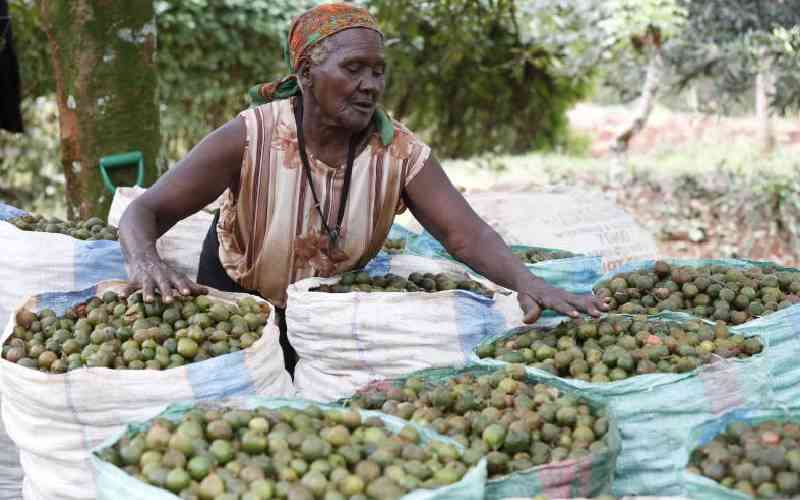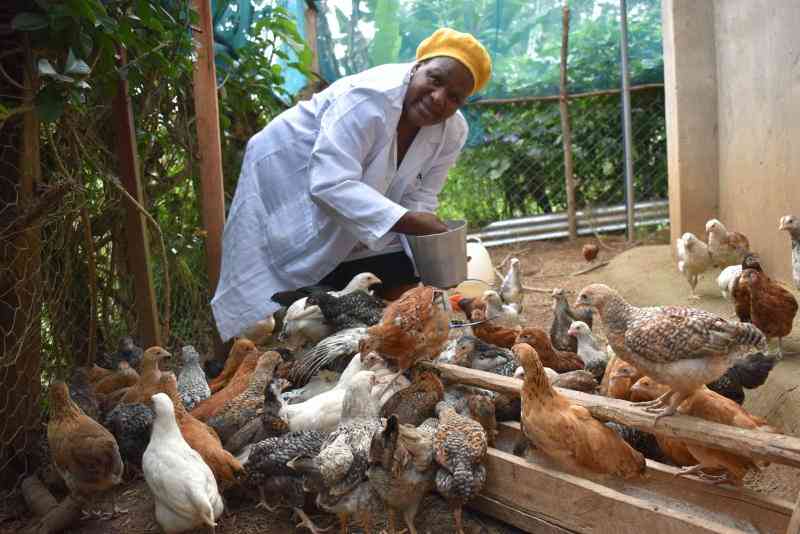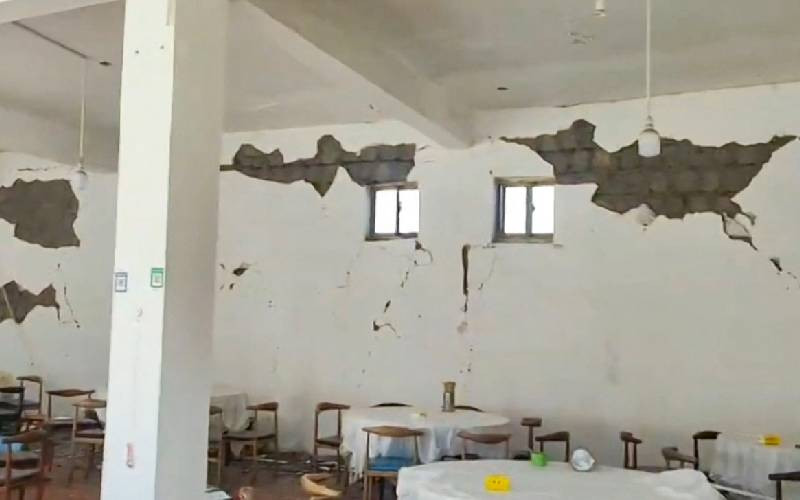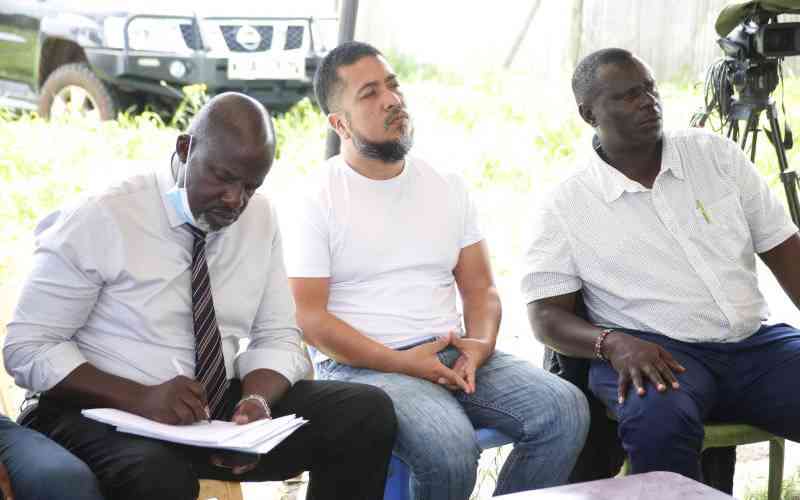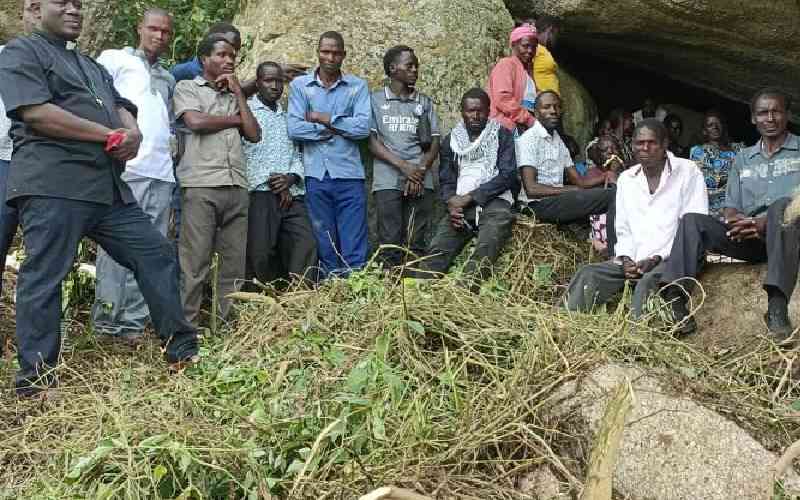The swarms of voracious desert locusts that are devastating farms in East Africa have startled local farmers. The locusts have descended on East Africa in alarming numbers never seen in decades.
The tiny pests, if not controlled, have the capacity to fuel food insecurity and could exacerbate existing conflicts in an already precarious region.
According to local news, the swarms have been tracked in northeastern Kenya as large as 926.6 square miles — an estimated 192 billion locusts with the capacity to consume as much food as 35,000 people in a single day and, with the right winds, travel up to 160km a day.
The UN Food and Agriculture Organisation needs $76 million to combat the crisis.
While farmers are battling with locusts in the East, the food crisis in West Africa is worsening as over 16 million people are currently under threat. People in Burkina Faso, Chad, Mali, Mauritania, Niger and Senegal are struggling to meet their daily food needs. The food crisis is the worst in the region since 2012, according to researchers.
Current statistics from the World Food Programme show that low growth, rising population, drought, and floods have combined to worsen food insecurity in the Southern African region too as a record 45 million people face severe food insecurity.
Although the situation seems hopeless, many organisations are involved in providing succor to the vulnerable and poor and some of these organisations have started a gradual revolution capable of, not only making Africa self-sufficient in food production but also, scaling up the quality of food.
The African Agricultural Technology Foundation (AATF) has been able to carve a niche for itself in Africa’s desire to transform its agriculture since it came on board in 2003.
The focus has been on addressing Africa’s food security prospects through agricultural technology. The organisation believes that the agricultural sector is a key pillar as Africa consolidates its economic growth and carves out its new position as a major global economic powerhouse.
It was formed in response to the need for an effective mechanism that would facilitate delivery and formation of appropriate partnerships to manage the development and deployment of innovative technologies for use by smallholder farmers in Sub-Saharan Africa. AATF is active in 13 countries of eastern, southern and western Africa, and is currently addressing challenges bedeviling key staples in Sub-Saharan Africa that include maize, rice, cassava, cowpea, banana and potatoes.
Testimonies from cowpea farmers in Nigeria, who participated in a farmers’ field day held recently to demonstrate how the Pod Borer Resistant Cowpea developed after 10 years of research works, clearly shows that only technology can change the narrative if farmers are to produce enough food to feed the populace.
Before the coming of the PBR Cowpea, Nigerian cowpea farmers were getting less than a tonne per hectare with the best-improved variety of cowpea while with the PBR Cowpea farmers are assured of more than four tonnes per hectare.
Cassava farmers in Nigeria were getting about eight tonnes per hectare but when AATF introduced its Cassava Mechanisation and Agro-Processing farmers started getting 28 tonnes per hectare.
The aim is to improve resource-poor farmers’ livelihoods through the deployment of agricultural technologies that target productivity but does not increase the cost of production.
In Ghana, the organisation is working with local scientists to improve challenges faced by tomato and cowpea farmers just as it is working with local scientists and institutions in Zimbabwe, Tanzania, Uganda, and Kenya to improve the production of maize, banana, and plantain.
Stay informed. Subscribe to our newsletter
Dr Denis Kyetere, AATF executive director, said recently that the organisation has a responsibility to ensure that Africa becomes food secure and that it is only the introduction of relevant and affordable technologies that can bring that dream to reality.
Kyetere’s word was also recently corroborated by the Vice-Chancellor of the Obafemi Awolowo University, Prof Eyitope Ogungbenro Ogunbodede, when he said that Africa’s quest to feed itself must not be predicated on the hoe and cutlass farming practice which our fathers undertook.
Seeing the way Africa’s population is exploding, the need to build local scientists’ capacity to be able to develop, manage and deploy useful agricultural technologies remains the continent’s antidote to addressing the challenges confronting food quality and security.
Mr Abutu works for AATF West Africa regional office.
 The Standard Group Plc is a
multi-media organization with investments in media platforms spanning newspaper
print operations, television, radio broadcasting, digital and online services. The
Standard Group is recognized as a leading multi-media house in Kenya with a key
influence in matters of national and international interest.
The Standard Group Plc is a
multi-media organization with investments in media platforms spanning newspaper
print operations, television, radio broadcasting, digital and online services. The
Standard Group is recognized as a leading multi-media house in Kenya with a key
influence in matters of national and international interest.
 The Standard Group Plc is a
multi-media organization with investments in media platforms spanning newspaper
print operations, television, radio broadcasting, digital and online services. The
Standard Group is recognized as a leading multi-media house in Kenya with a key
influence in matters of national and international interest.
The Standard Group Plc is a
multi-media organization with investments in media platforms spanning newspaper
print operations, television, radio broadcasting, digital and online services. The
Standard Group is recognized as a leading multi-media house in Kenya with a key
influence in matters of national and international interest.


